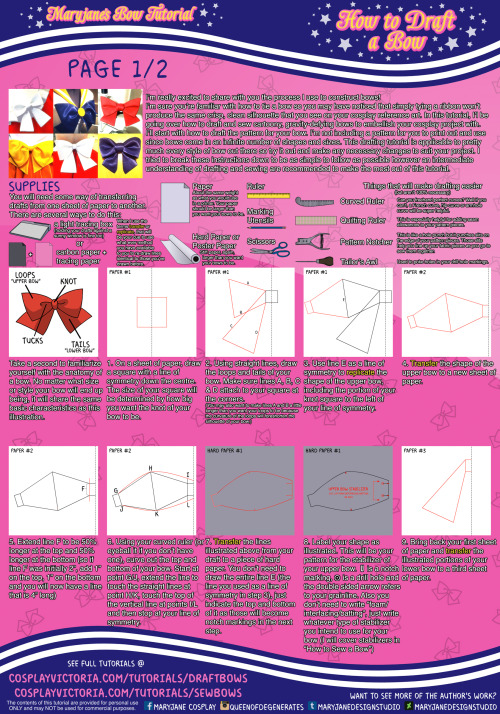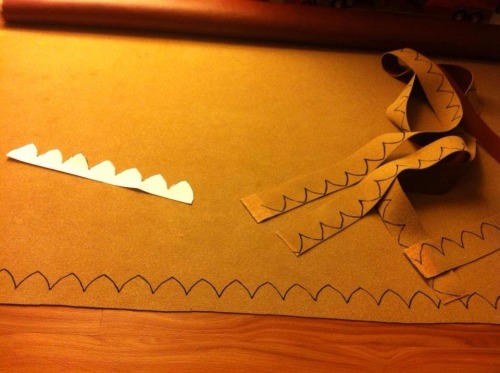
Fortunately I got to redeem myself later.Īnother thing to consider is if you are having trouble avoiding objects and people try using different angles. I was under the impression the show took place in contemporary times so having the street lights would be a cool effect… I could not be anymore wrong and found out it takes place way in the past. This was an impromptu shot of a Jojo costume. Let me show you an example where that goes wrong. Next is to pick backgrounds that go with the character. There are some exceptions to this (con badges) which I will get into later Good news is that if you didn’t notice until now then chances are you can edit it out. Uh-oh it seems even though I managed to avoid getting people in this shot, a car creeped into the photo and behind the tree on the right. Normally they don’t mind as they are also there to get great photos of their work. The solution to avoid this is to spot an area with an empty background and ask for the Cosplayer to pose in front of it. If you notice while the subject looks good in this shot, the out of place people in the background take away from the boldness of the costume
Posterazor tutorial full#
Whether it is an impromptu shot or full fledged shoot try to avoid having people in the background. Also look for things such as how much traffic does thatĪrea get, shade/sun exposure, any inappropriate objects in plain sight The first thing you should do at a convention is to scout the area for It helps tell the story, provides immersion and can make your subject stand out more. The background is usually the second most important aspect of a photo, but can also become the most important aspect. Today I will be focusing on the subject of backgrounds. This is my first attempt at posting a tutorial on Amino so bear with me. I am a seasoned cosplay photographer and will be posting some occasional tips to anybody out there looking to get better. Hello… Is it a tutorial you are looking for? Sewing drunk may lead to excessive seam ripping. Warning: keeping vodka in your studio can be tempting. (BO is kind of a problem in theater.) Like with the vinegar, mix liquids in a squirt bottle and spray on stinky fabric. This is a particularly good trick for garments. Ratio 1:1, used to remove odors from fabric. Warning: may cause uncontrollable cravings for fish and chips. Instructions: Fill a squirt bottle with the mixture and apply liberally to obnoxious wrinkles.

Ratio 1:1, used to remove persistent wrinkles *Note: leaving a cup of water near your iron is also excellent for watering your studio cat. If you don’t want to bother with distilled, though, just keep on eye on how clean your iron is and keep a bottle of Iron-Off handy.
Posterazor tutorial professional#
Most professional studios use distilled water in their irons: the extra minerals in tap water can build up on your iron over time and eventually smoodge on your fabric. When ironing, you can spritz your fabric and iron directly to achieve steam. (? That’s just bad planning.) I find it helpful to empty my iron at the end of my work sessions into a cup* or preempt the problem entirely by keeping water in a squirt bottle instead. Unfortunately, the rubber seal that keeps the water inside household irons… breaks down with water. Most irons come with a water reserve and can be set to steam automatically. Heat is all well and good but it is the water molecules (as steam) that penetrate the fibers on a molecular level and “change the memory” of the fabric: ie, setting the folds or flattening out wrinkles. You can’t sew without an iron and you can’t iron without water. Here are just a couple of things you can keep in your studio to make ironing easier and more effective:


The trick to happy ironing lies in having the right tools. Many of my students come into class professing how much they hate to iron and I get it, I really do.


 0 kommentar(er)
0 kommentar(er)
